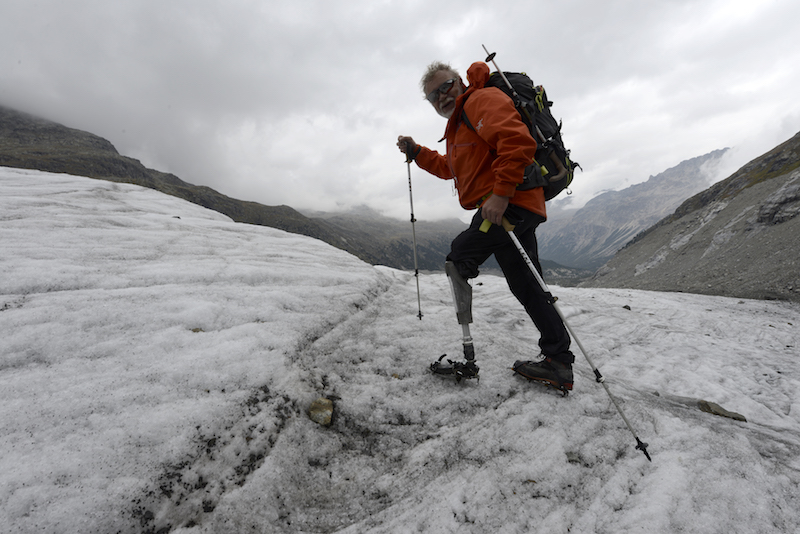
Rey "Reto" Keller seen here climbing the Morteratsch Glacier in 2016, prosthetic and all. Rey Keller photo.
If you were born a boy in the Swiss mountains during the 1950s, chances are high you had dreams of becoming a mountain guide. Rey “Reto” Keller was one of those young boys with aspirations of one day guiding, growing up in the lower part of the Engadin Valley in a multi-generational family of guides.
“Guiding was part of our family. As a boy, you had a stamp on your forehead when you were little–you were becoming a guide. It was kinda mandatory and traditional,” says Keller. But Keller is far from your run-of-the-mill Swiss guide.
“I was lucky because I learned lots of things from the really, really old guides–combined with what we know now–so I came out to be a little bit different than a modern guide,” Keller says.
Coming to Canada was a joke. Keller and his ex-wife Angie were working together in Switzerland in a kitchen at the time. Although Keller was a certified IFMGA (International Federation of Mountain Guide Associations) guide, European guides also had to have a “backup” profession, and Keller’s was being a chef. Keller and Angie saw an ad in the local Swiss paper for a chef's job at the Mount Engadin Lodge and ironically decided to send off applications for the gig, with the punchline being that this Mount Engadine Lodge was actually located in Canmore, Canada not Switzerland.
As luck would have it, they got the job–and after doing a season cooking in the Great White North at the Mount Engadine Lodge, the Kellers were hooked on Canada. Keller soon picked up the first guiding position at Island Lake cat skiing.
Keller was a fixture at Island Lake for over a decade. He did safety on some of the first TGR films shot there and also became a mentor to many young guides.
Keller guiding on the Pers Glacier in Switzerland in 1982. Rey Keller photo.
“He is more than a ski guide,” says Paul Norrie, the president of Mica Heli Skiing and a former mentee of Keller’s. “The first thing that comes to mind about Reto is his unwavering mentorship, support and work ethic. Second is his adversity. He has experienced a number of significant personal challenges and does more than rebound. It is that combination that is the most powerful part of his personality. His adversity didn’t change him. He is the epitome of a positive attitude and is just the most humble person; you will never hear anything from him as to what he has done and overcome.”
“There are lots of feelings in guiding,” says Keller. “I might not be the regular examiner, teacher, whatever; I believe strongly that the human element is the most important thing. Everything else you can read in a book–but the main thing is to be a guide with heart.”
Although he had a big presence in the mechanized skiing world, his real passion was for cross-country skiing.
“I grew up on cross-country skis, I used to ski to school,” says Keller. Keller’s prime coincided with the ‘80s heyday of niche ways to climb in the Himalayas. Keller was sponsored by Adidas and would do big expeditions. In 1987, he did the first cross-country expedition in the Himalayas, but on the way out he had a bad crash.
 Even well into his golden years and Keller can still be seen dragging his sled behind him–like during his 2017 expedition across Greenland. Rey Keller photo
Even well into his golden years and Keller can still be seen dragging his sled behind him–like during his 2017 expedition across Greenland. Rey Keller photo
“The story I know is that he was going uphill with a sled,” says Norrie. “Reto used to carry the biggest pack I have ever seen, still to this day, so I have no doubt that this is the heaviest sled that anyone has ever pulled anywhere. But Reto punched his leg through a crevasse and ended up hyper-extending his leg and breaking it at the knee joint. Where he was (in the Himalayas) it was an extremely serious situation. I don’t know all the details, but it was not a simple process to be evacuated out.”
Keller was brought back to Europe and when the doctors operated on Keller’s knee, they found that he had bone cancer, making this unfortunate event more drastic. It's also likely that it saved him from a worse fate. The damage to left leg was so severe that his doctors recommended that he remove it immediately. But Keller had that one quality many a mountain guide has in spades–stubborn, dogged determination–so he waited 15 years before listening to doctors.

“At the end of the day, Reto would take his boot off and (the affected leg) would just be double the size of his other leg,” recalls Kirsten Knechtel, Canada’s youngest person to achieve IFMGA certification and former mentee of Keller’s. “He had incredible pain tolerance–you’d never hear about his pain, but you could see it. When most people would have been done guiding many, many years ago, he just kept pushing forward. That's the thing about Reto. He would always put himself in bigger personal risk or suffering than he wanted anyone else to take on.”
Like many younger guides coming up, Knechtel learned from Keller.
“You might prejudge somebody like Reto, but he is so easy to connect with and has so much motivation in himself that he gives it to you,” says Knechtel. “He was different than other typical guides; he used to carry a crystal around for his leg to heal.”
“Reto is an artist,” says Angie, Reto’s ex-wife. “Artists, they live in a different world, they see things–Reto sees the huge big picture.”
Growing up, Keller always wanted his second job to be a carpenter not a chef. Keller’s carving skills were engraved (no pun) since birth: Keller’s grandaunt Hanna Wörth was a famous carver in Germany and taught Keller as a child. While his family pushed him in the direction of cooking professionally, he always fostered his love for carpentry and carving, and still creates for Hazelnut Art.
Keller’s pieces all have a distinct style that reveals his personality–whimsical, precise and sturdy. He has always worked “Reto” style.
“I remember he was doing a carving and he has a grinder that he took the safety off,” jokes Knechtel. “The thing is just like a chainsaw, and he is up on this ladder and just working way too hard and way too long. The crazy guy falls off with this grinder. It takes out a big chunk of his arm! You know he healed from that too.”
“Reto is that guy who can turn things around, even when it's shitty he can get up and out of that shitty situation,” says Angie. “I think he had his leg amputated for six weeks and then we did a triathlon together as a family. He did the swimming, it took him forever to come out. We had to bring the crutches to him, but he still had his pipe in his mouth.”

Keller’s beard (which earned him the nickname Yeti) and his pipe have become his symbols.
“He would always be skiing with a pipe in his mouth–he would literally be smoking down the whole run, it was hysterical,” says Knechtel.
“His pipe goes everywhere,” says Norrie. “He and I were repelling down this horrendous, rubbly, loose-face terrain with these geologists and it's just pouring rain. What's Reto doing? You know he's packing his pipe, trying to keep it lit, but can’t because it's so darn wet.”
In 2003, Keller finally let his leg be removed. Nine months later he climbed Hai Ling, the iconic peak that overlooks Canmore.
“He started a couple hours early, we wanted to go with him, but he insisted that he start alone,” says Knechtel. “He had actually never been up there before so he didn’t pick the perfect trail to the base and ended up literally pulling himself up vertical scree. Despite being so exhausted by the approach, he still did the route. On the way down because his prosthetic was so terrible, he tumbled a few times and again would not let us stay with him. It was brutal, but ultimately he ended up with a huge smile on his face.”

Keller went back to Europe in part to get a better prosthetic. He eventually found Össur, the Icelandic company founded by prosthetist Össur Kristinsson which is considered the leader in modern-day prosthetics. Last year, Keller became the first amputee wearing a prosthesis to cross-country ski across the Greenland glacier, over 150 kilometers. In true “Reto” style, Keller used a $10 rubber G3 ski strap to modify his $50,000 digital prosthetic leg.
“I made it possible so I can ski tour, cross-county ski and backcountry. I just made a patellar ligament with a G3 strap,” says Keller nonchalantly. He did the same with 8 other amputees’ prosthetics so they could ski on a recent trip.

Keller currently lives in Carerra, Switzerland with his partner Rea and continues to make furniture and carve. He also travels around doing motivational speaking for various groups. His latest projects are ice climbing on Piz Palü and climbing the north ridge of Piz Badile a 3,308-meter tall mountain in Switzerland, both objectives that would be considered fairly impressive for an able-bodied climber in their primes, let alone a nearly 70-year-old amputee.
Keller’s passion for life, the mountains, art and friends is evident to everyone he interacts with. His perseverance is boundless. If the world only had more Retos, it might be a better place.



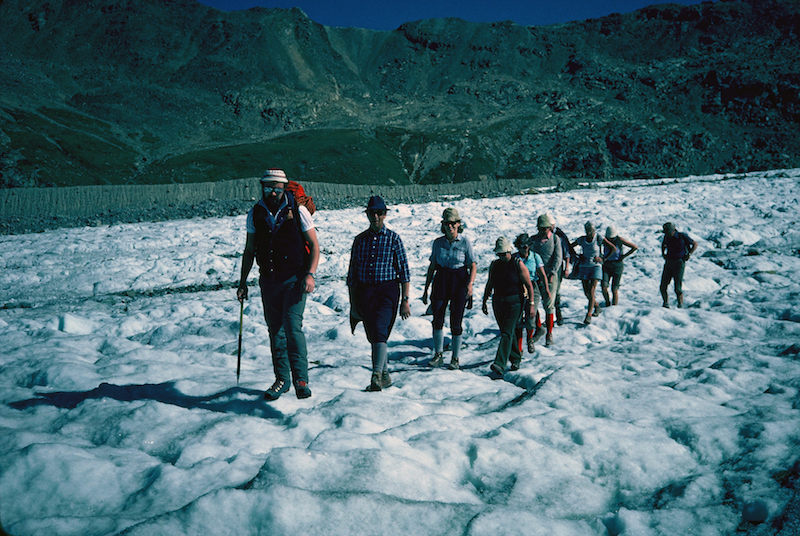
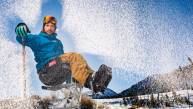


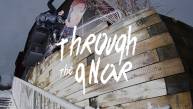

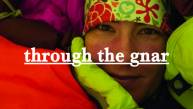

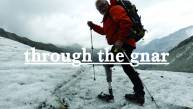
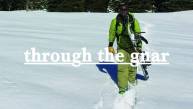
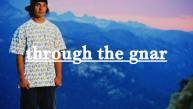

__video_thumb.jpg)

alexpaul
May 16th, 2018
This is big inspiration. People like this makes normal people who are healthy and has no such difficulties like this inspired and question themselves about their whining over loss on small subjects. I respect this man for what he is doing and his strong will.
how to turn printer online
lokes084
May 22nd, 2021
visiting caves and spelunking is one of the most and risky adventures around.
https://thebestekalender.de/
https://thebestekalender.de/juni-2021-kalender/
https://thebestekalender.de/juli-2021-kalender/
https://thebestekalender.de/to-do-liste/
https://thebestekalender.de/tagesplaner-2021/
https://thebestekalender.de/oktober-2021-kalender/
https://thebestekalender.de/wochenplaner-2020/
https://thebestekalender.de/november-2021-kalender/